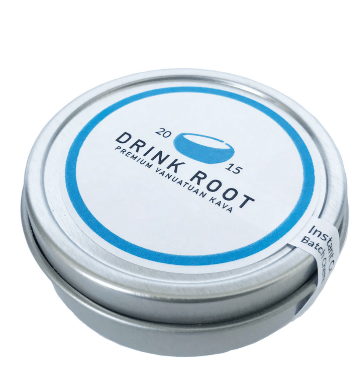How Long Does Kava Last? And How Long Does It Take For Kava To Kick In?
September 3, 2022
How long kava lasts depends on the amount of kava you consume, and the frequency with which you consume it.
Is Kava Addictive? A Quick Explainer On Safe Kava Use
July 21, 2022
There is no evidence that kava is addictive. However, some people may develop a dependence on kava, which can lead to negative consequences. Why do some people develop a dependence on kava? People who develop…
Kava Vs. Kratom: Similarities And Differences
March 11, 2022
Pharmaceuticals aren’t the only answer when it comes to reducing your stress levels – kratom and kava are also viable options, and here I’ll compare them in full.
What Is Kava? We Explain Everything You Need To Know
February 10, 2022
Ever wondered about the health benefits of kava? Here, we’ll provide further insight into its benefits, potential side effects, and review the best kava products.
What Is The Kava High Like?
May 24, 2021
We review kava’s psychoactive effects, summarize a number of people’s kava experiences, and describe kava dosages sufficient for psychoactive effects.
Preparing Kava: The Best Way To Take Kava
May 24, 2021
Our guide to preparing kava tea and micronized kava, as well as recipes to make with kava.
What You Need To Know About Kava Side Effects: Kava Headache, Kava And Liver, And More
April 19, 2021
Learn about kava side effects, drug interactions, kava liver damage, legality, driving on kava, nausea, how much kava is too much, kava skin rash and more
How Does Kava Work? The Science Behind Kava, Stress Relief, Depression, Opiate Withdrawal, And Other (Supposed) Benefits Of Kava
March 29, 2021
How effective is kava for opiate withdrawal, pain, sleep, depression, and anxiety? We look at the science behind the benefits of kava.
